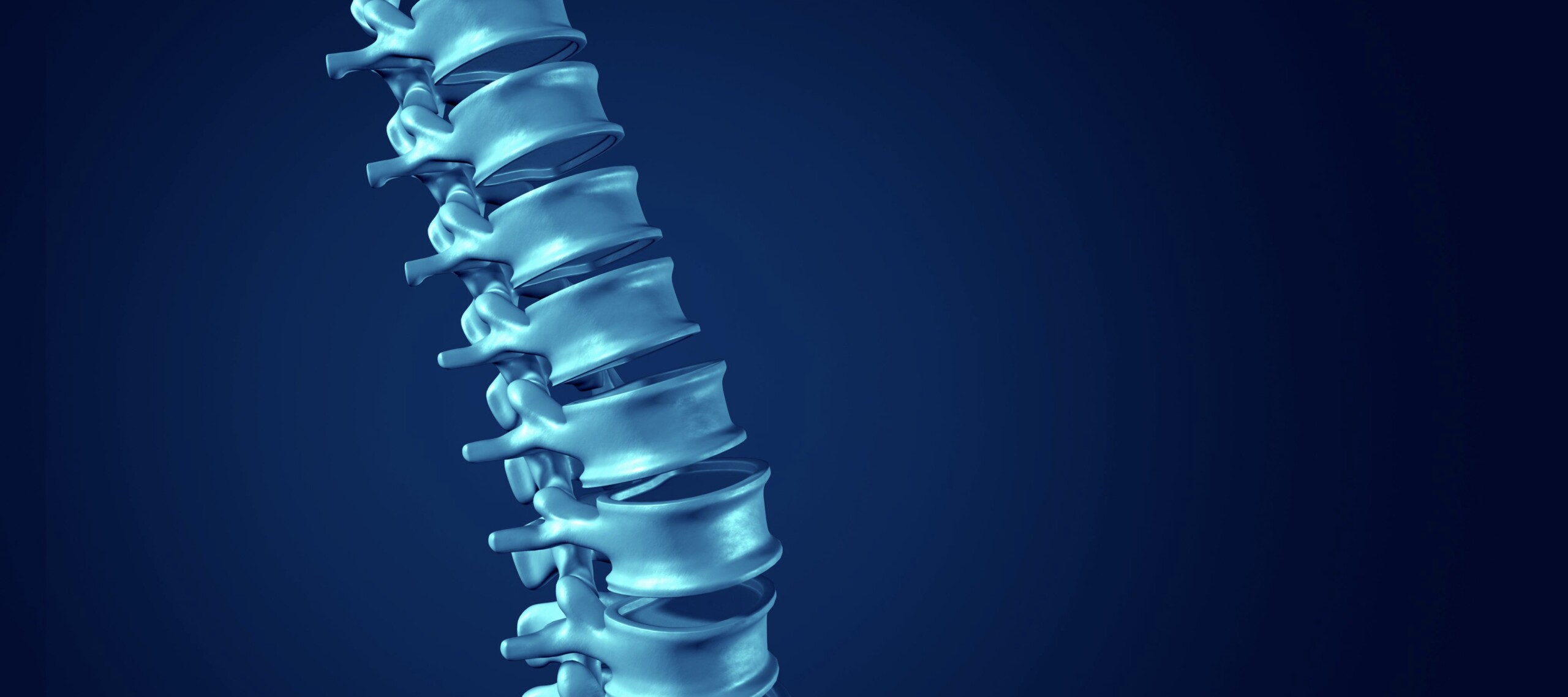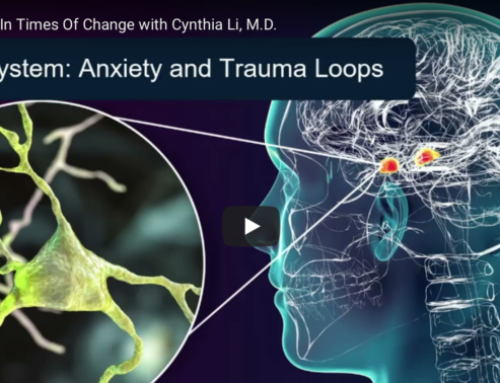The human spine is comprised of 24 vertebrae (and 9 fused vertebrae in the sacrum and coccyx), 220 ligaments, over 120 muscles, over 100 joints, and over 13 million neurons. It’s no wonder that the spine is often considered the “gateway” or “highway” to health, and that “having a backbone” has come to mean having courage, strength of character, and determination.
In qigong — the mind-body practice in which Dr. Li is certified — the spine is sometimes referred to as a dragon, a snake, or a caterpillar. A healthy human spine resembles that of any of these creatures: strong and flexible.
The spine serves four primary functions:
- To support the whole body as a pillar
- To enable the body to move in different directions
- To create balance in any and all movements
- To protect the central nervous system (spinal cord and brainstem)
The last function is often under-appreciated as people go about their daily lives. By serving as the conduit for the spinal cord, the spine connects the brain with the rest of the body. That is, it connects the central nervous system (the brain and spinal cord) with the peripheral nervous system, an intricate series of nerves that spreads throughout the body, including to the internal organs, glands, and blood vessels.
This means that your mind / consciousness initiates almost all your movements; information from the brain sends signals to the rest of the nervous system and body. So any changes to posture or structure can impact the flow of this information and the flow of energy (qi), for better or worse.
If there is a particular place in the back or nervous system that is challenged, information exchange to and from that area is compromised. Energy flow is also compromised. That area of the body, then, becomes weaker and less functional. This can be temporary but repetitive, like slouching at the computer, or longer-term, like scoliosis. In many places in the world, back pain is one of the most common reasons people miss work or seek medical care.
On the other hand, any healing at the level of the spine and central nervous system can reverberate throughout the entire body. Your consciousness can receive and send healing information throughout the nervous system. And what follows conscious information? Qi, or life force energy. Qi flows to those areas, activating powerful changes.
Qigong methods designed for the spine can effectively improve low back pain, mobilize energy for the entire nervous system, opening you to health and vitality. What’s more, these methods can enhance the body’s meridians (energy channels) and blood vessels, at once improving other kinds of circulation. While some may have congenital or acquired conditions that have altered the spine, everyone has the potential to increase the strength and flexibility of his or her spine, energetically or physically.
Adapted from the course,“Awakening the Inner Healer,” as taught by Teacher Wei at the World Consciousness Community.
A 5-Minute Practice: Lower Spine (“Mingmen”) Rotation
This simple practice is a powerful way to improve flexibility and relaxation of the whole spine, as well as activate your innate qi. You can practice this throughout your day. The more deeply you connect, the deeper the potential for healing.
“Mingmen” means “gate of life” and refers to the qigong energy point on the lumbar spine.
This practice may be modified according to your physical condition. If you are limited in your ability to move your back or other body part, you can begin by visualizing this practice. Scientific research has shown that visualizing movements can have similar benefits to doing them.
First, come to a good, relaxed state. Sit at the front half of your chair, feet planted on the ground. Gently raise the crown of the head up toward the sky.
Rotate your shoulders back, slowly, 10 times.
Take some deep breaths into your lower abdomen.
Slowly begin to rotate the lower spine, left – front – right – back.
Connect with the mingmen (your lumbar spine). Use your mind to observe the rotation of mingmen, leading the whole spine in rotation, leading the whole body in rotation.
Relax and breathe deeply into mingmen.
When you are ready, reverse the rotation, left – back – right – front.
Continue breathing into the lower spine.
Try to gently hold your breath. This helps your mind draw more deeply into your lower spine.
When you are ready, place your palms on the navel to ground the information and energy.
Separate the hands to the sides.
Open your eyes slowly.
Always hold the question: Who is observing this practice? Who is initiating the movements?






Listened to your struggles with chronic disease and found it very inspiring! I cried when you talked about the grief therapy! Immensely appreciated your honesty! Your book has inspired me and much of what you talk about in your book is what I practice but would like to know whether you take on new patients?
Is there a Chi Gong you tube you can recommend please?